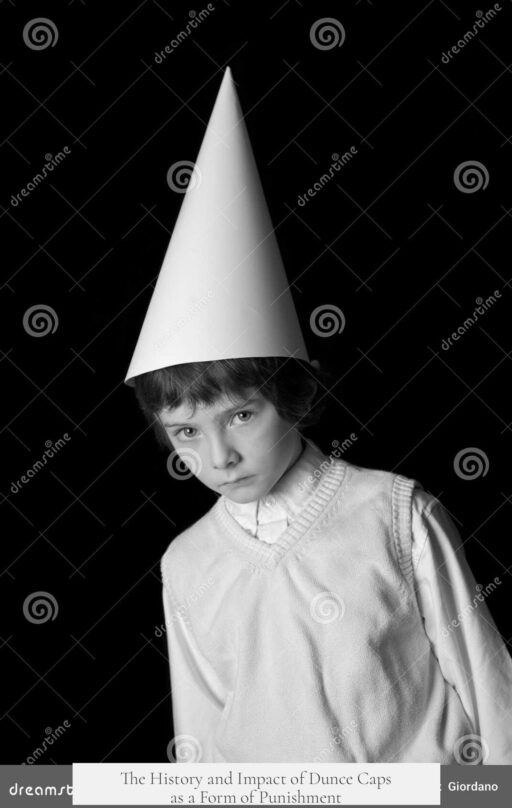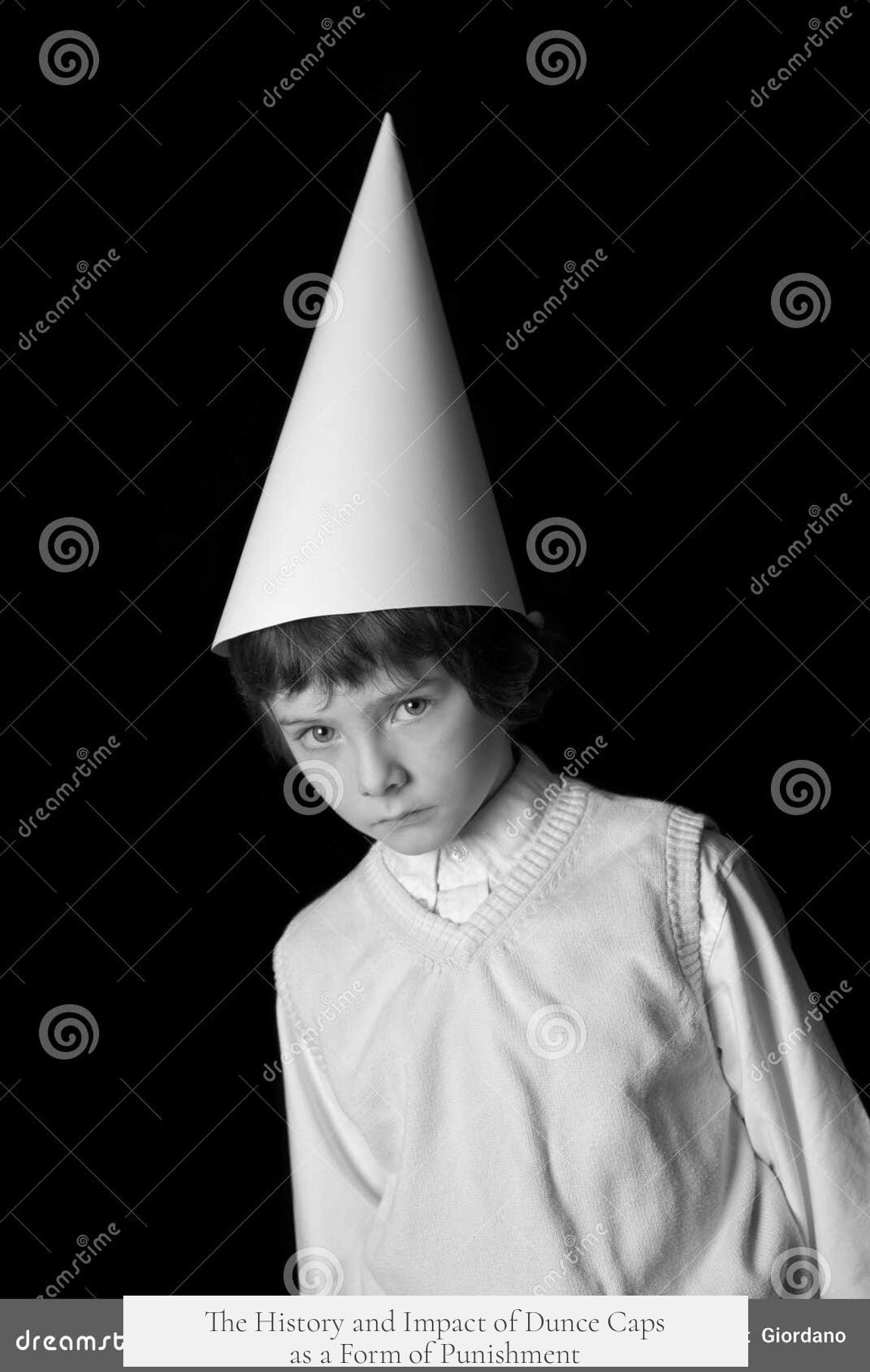“Dunce caps” were indeed a real form of punishment, though less common and differently perceived than popular culture suggests. These pointed hats symbolized public humiliation, used primarily in classrooms with strict disciplinary methods. However, their actual use was limited and reflected broader educational practices linked to the character of teachers and societal views on teaching.

Historical teaching practices before the 1900s are poorly documented, making exact accounts scarce. Before the 1830s, teaching in America was mostly by men—often transient tutors or specialists in classical languages like Greek and Latin. These tutors prepared boys for Colonial colleges rather than functioning as professional educators. Their training in pedagogy was minimal, and classroom discipline leaned heavily on corporal punishment combined with tools like dunce caps for public embarrassment.
Starting in the 1830s, teaching shifted dramatically as it became coded as women’s work. This change affected both the profession’s social standing and educational methods. Historians, mostly men at first, showed disdain for this feminized profession, leading to a lack of respect and sparse scholarship on early classroom practices. The feminization of teaching eventually led to abandoning harsh disciplinary tactics such as the dunce cap, recognizing the psychological harm these inflicted on students.
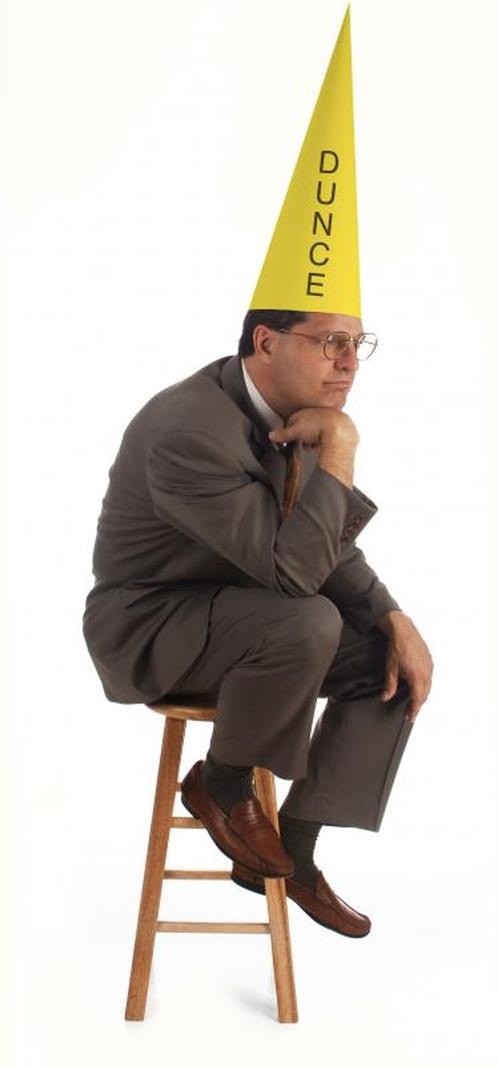
By the 1860s, the dunce cap was largely seen as an outdated disciplinary method. Its use had decreased dramatically and it mostly appeared in cartoons and illustrations, serving as a symbol of archaic, severe punishment. This imagery contrasted “modern” classrooms, often depicted as gentle and woman-led, against the “primitive” male-dominated classrooms of earlier times. The cap thus became a historic visual trope rather than a common educational tool.
Teachers who used dunce caps typically lacked formal training and patience. They relied on punitive measures, seeing public humiliation as effective classroom management. Dunce caps were part of a broader disciplinary regime including physical punishments like whipping. Wearing the cap publicly marked a student as a troublemaker or underperformer, exposing them to peer ridicule. Such practices aligned with the archetypical persona of harsh colonial tutors, akin to the character Ichabod Crane portrayed in Washington Irving’s literature—strict, intolerant, and sometimes neglectful.
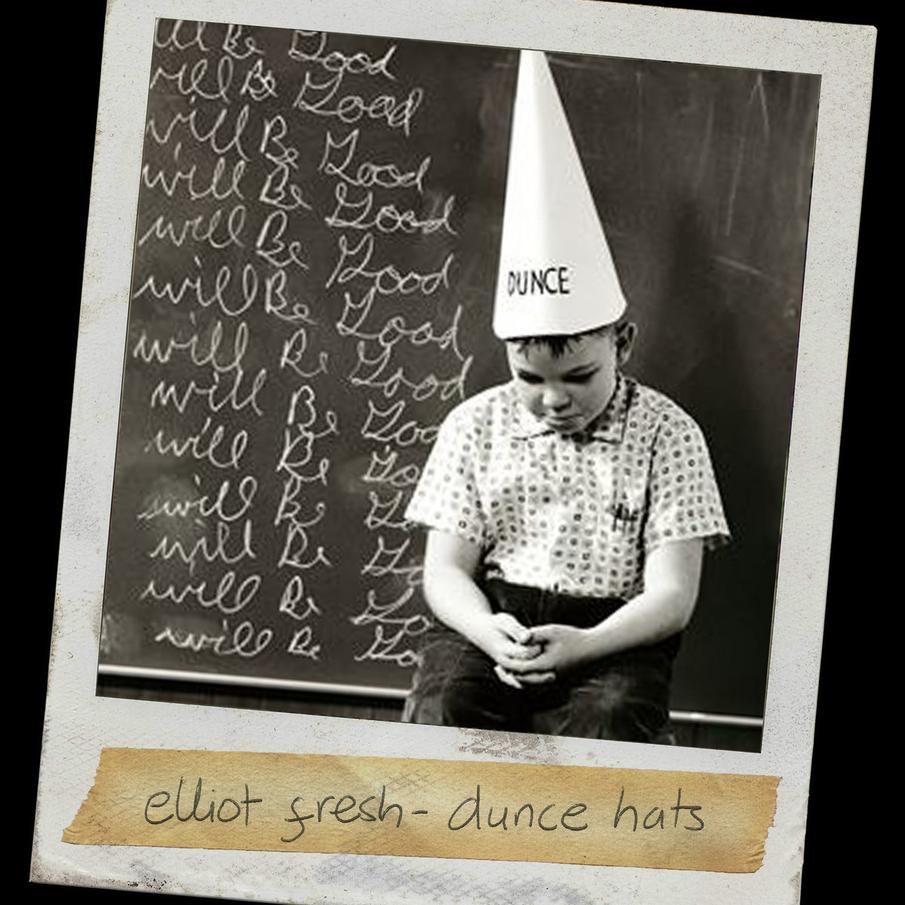
Available accounts highlight that what happened inside early classrooms remains partly unknown. Observations of classroom dynamics did not become routine until much later, so many disciplinary details, including dunce cap usage, are pieced together from secondary sources, images, and narratives.
| Aspect | Details |
|---|---|
| Timeframe of use | Primarily before late 19th century; rare after 1860s |
| Users | Male tutors, untrained teachers |
| Purpose | Public humiliation to enforce discipline |
| Context | Often combined with corporal punishment |
Research by Heather A. Weaver in her work Object Lessons: A Cultural Genealogy of the Dunce Cap and the Apple as Visual Tropes of American Education provides important insights. Weaver traces how eighteenth- and nineteenth-century illustrations of dunce caps associate them with extreme punitive methods such as whipping and gagging. By the 1800s, these hats were sometimes seen as harsher than corporal punishment itself. Researchers also reference Alice Morse Earle’s 1899 work describing colonial teachers as harsh, “drunken, dirty, careless, and cruel,” linking the dunce cap to an oppressive regime of discipline.
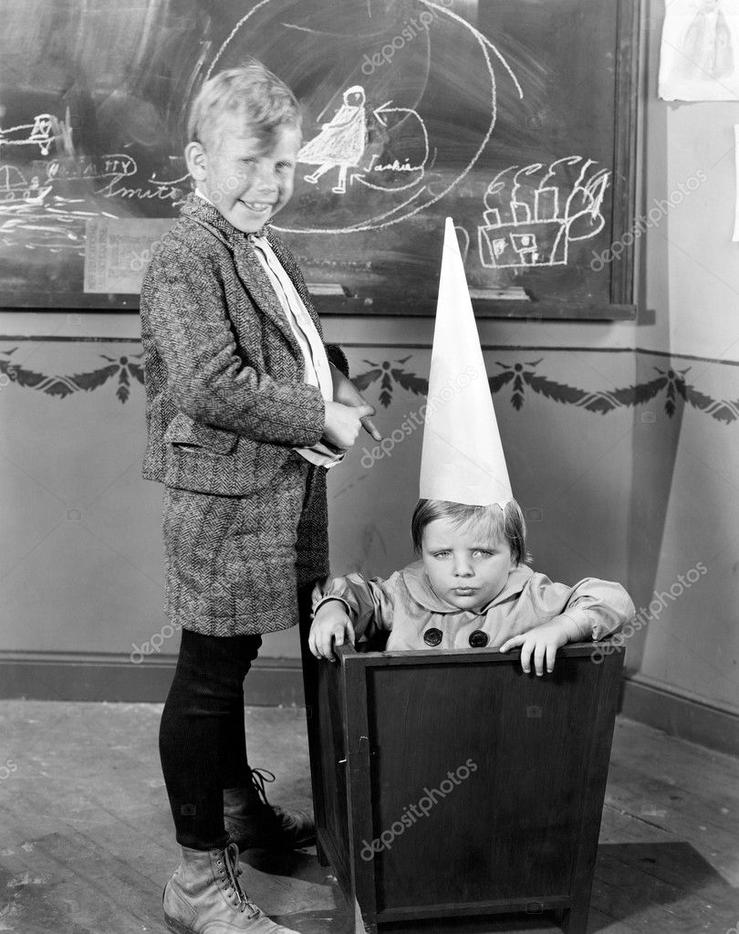
The teaching profession’s transition to a feminized workforce changed perspectives on discipline. As women increasingly became teachers, cruel tactics like the dunce cap were rejected. Educational philosophy shifted toward nurturing and protecting students rather than humiliating them publicly. This movement laid the groundwork for modern pedagogical approaches emphasizing student well-being over punishment.
In essence, while dunce caps did exist and served as a real form of student punishment, their historical use was more limited and contextual than frequently portrayed. They symbolized an older, harsher educational era, phased out with evolving teaching norms and societal values.

- Dunce caps were used to humiliate and discipline but less often than media imply.
- Mostly applied by untrained male tutors before teaching became female-dominated.
- Usage linked to harsh discipline including corporal punishment.
- By mid-19th century, considered archaic and increasingly represented in satire.
- Feminization of teaching led to abandonment of humiliating practices.
Were “dunce caps” ever a real form of punishment?
Yes, dunce caps were indeed a real form of punishment in classrooms. However, they were used far less often than movies and comics portray, and the meaning behind them wasn’t always as clear-cut as pure humiliation. So, let’s bust open this dusty old history book and take a closer look at what dunce caps really were and how they fit into the story of education.
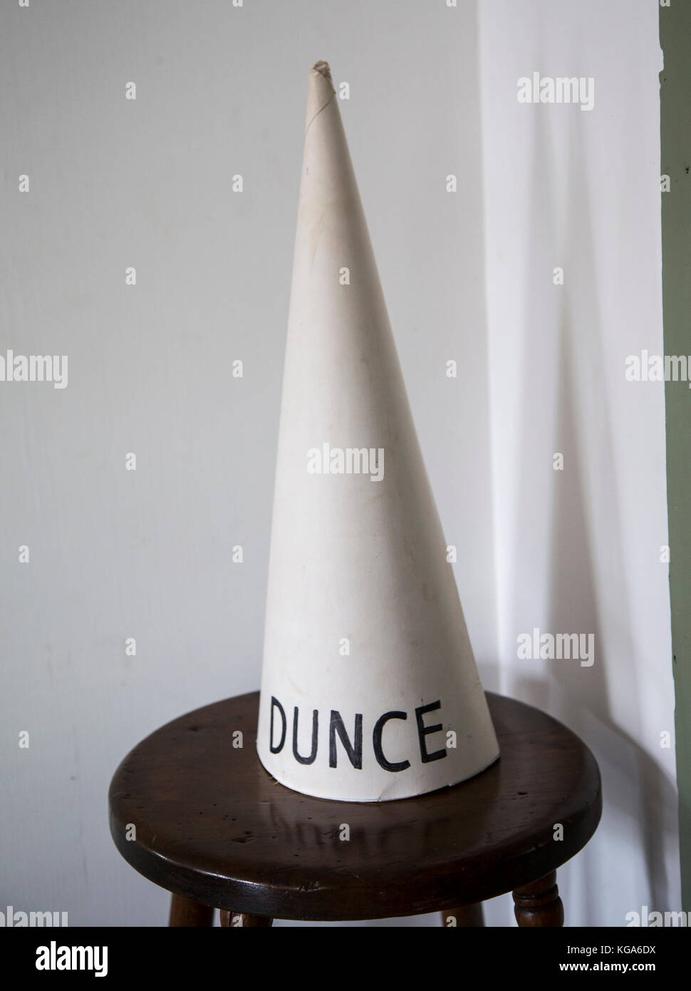
First off, you might picture a classroom from the 1800s, with a strict teacher putting a pointed hat on a student’s head to shame them in front of their friends. That picture isn’t entirely wrong—but it’s not the full story either. The notorious dunce cap had a presence, but it was more of a symbol than a widely used tool, especially as education began to modernize in the late 19th century.
The Origins: Men, Greek, Latin, and Harsh Discipline

Before the 1830s, most teachers in America were men. These teachers often worked temporarily or as tutors to prepare boys for college, focusing heavily on Greek and Latin studies. These weren’t trained educators, so patience was scarce. They leaned heavily on strict discipline, including corporal punishment.
This is where the dunce cap enters the narrative. It was a tool for some of the less patient, less nurturing teachers to publicly humiliate a student. Think of Ichabod Crane from Washington Irving’s “Sleepy Hollow” — a classic literary figure embodying the stern, impatient schoolmaster. Teachers like him used dunce caps as a cheap shortcut to silence or shame a child.
Public humiliation combined with physical discipline—whipping, gagging, and the dreaded dunce cap—paint a stern picture. According to historian Heather A. Weaver, 19th-century disciplinary measures with dunce caps could be as harsh as, or worse than, corporal punishment. Old school images link dunce caps to this extreme level of punishment.
Changing Times: From Cruelty to Care
The 1830s marked a turning point. Teaching started becoming “women’s work.” This shift wasn’t just about gender—it changed how teachers approached their jobs. Woman-teachers moved education away from punishment and toward care and protection.
Dunce caps fell out of favor quickly after this change. As classrooms embraced new philosophies, such humiliating tactics were seen as harmful to students. Instead of wearing a pointed hat of shame, children were, ideally, met with support rather than scorn.
By the 1860s, the dunce cap was mostly a visual joke or a symbol of archaic teaching practices. Cartoons mocked it as the relic of a primitive education system dominated by harsh male teachers. It was a nostalgic wink to the “bad old days,” not something used day-to-day.
Why Did DUNCE Caps Get Such a Bad Rap?
After all, “dunce” originally meant someone slow to learn. Scottish scholar John Duns Scotus, ironically, inspired the term—not an insult by itself. But as education evolved, the dunce cap came to represent something more cruel: public shame, humiliation, even psychological punishment.
Since the exact use of dunce caps was never thoroughly documented by early observers, much of what we know comes from literary references, imagery, and recollections decades later. This makes truly understanding those classroom dynamics tricky. What is clear is that the teachers who used dunce caps were often untrained and impatient—as reflected in descriptions of them as careless or even cruel by some historians.
What Can We Learn from the Dunce Cap’s Story?
- Humiliation does not equal education. The dunce cap’s use represents an outdated belief that shame motivates learning.
- Educational methods evolve along with society. Teaching grew more humane when women took the lead, emphasizing care over cruelty.
- Cultural symbols matter. The dunce cap remains an iconic image, now associated mostly with mockery of bad teaching or learning struggles.
Ever wonder if such symbols ever helped anyone learn better? The history here suggests not. Instead, these harsh punishments likely bred resentment and fear. Fortunately, educators today focus on encouragement, not embarrassment.
A Quick Recap: Dunce Caps in a Nutshell
| Aspect | Details |
|---|---|
| Usage | Yes, real but less frequent than media suggests |
| Users | Mostly untrained male teachers before 1830s |
| Purpose | Public humiliation, part of harsher disciplinary style |
| Historical Perception | By 1860s, seen as archaic, often mocked |
| Transition | Discarded as teaching feminized and became less cruel |
| Legacy | Symbol of outdated, harsh discipline |
Final Thoughts
The dunce cap’s legacy is a cautionary tale. It reminds us how educational philosophy has shifted from punishment to nurturing. Next time you see that iconic pointed hat in movies or cartoons, remember: while it’s based on truth, the reality was more complex and less common. Teaching has come a long way from bending minds with humiliation to inspiring them with respect.
So, were dunce caps ever a real form of punishment? Absolutely yes — but with important context and nuance to keep in mind. In the grand history of schooling, they serve as markers of how far we’ve progressed in treating students not as “dunces,” but as learners worthy of dignity.
